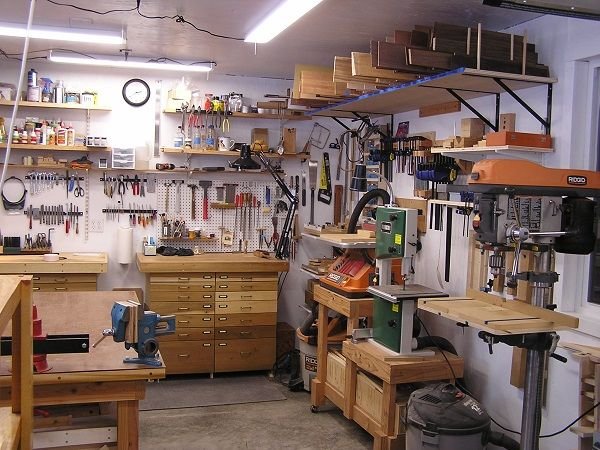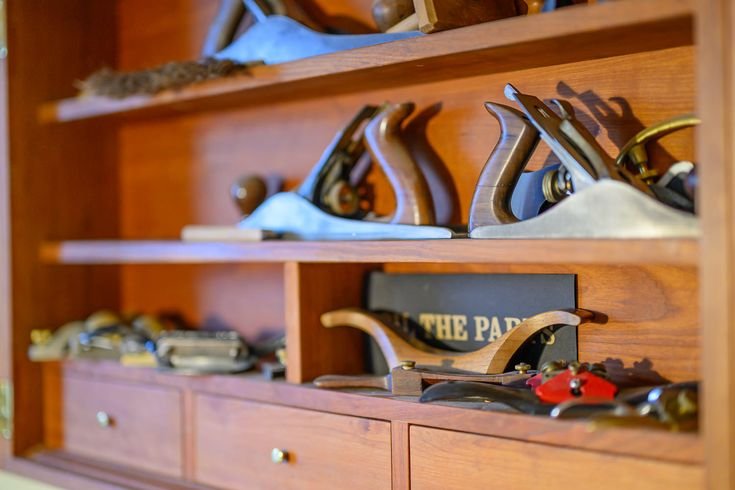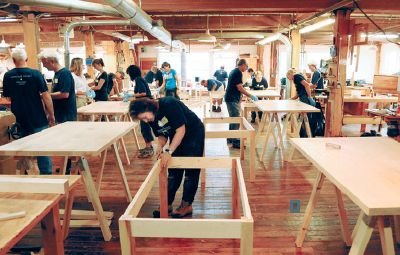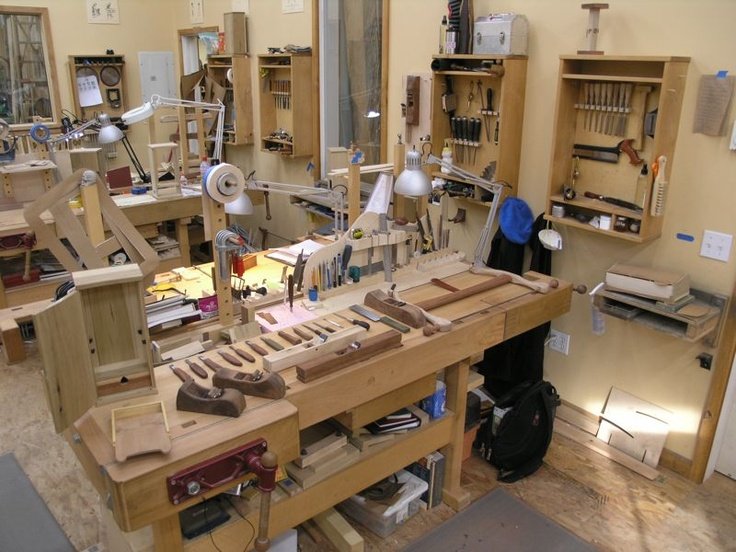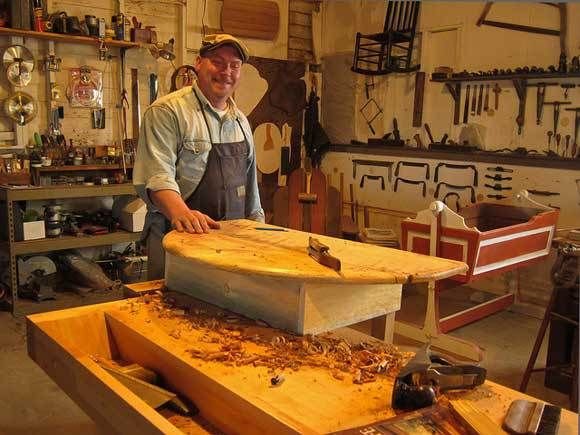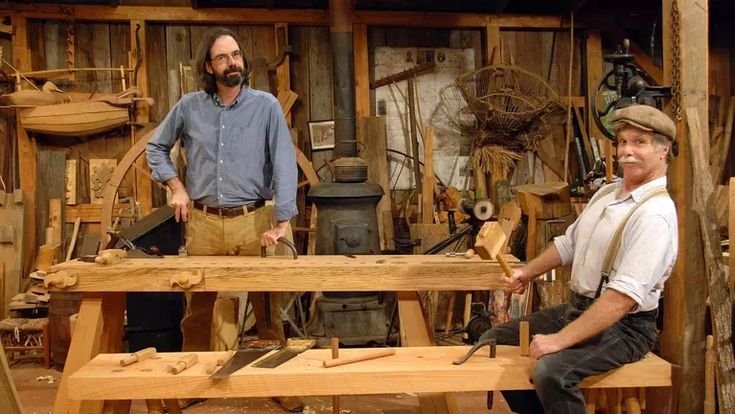The Beautiful Mess of Gouge Woodworking
So, picture this: it’s a chilly Saturday morning, and I’m sitting in my garage, coffee steaming in my hands, staring at a chunk of walnut and wondering what in the world I’m getting myself into. Now, walnut is a lovely hardwood, rich and dark, kind of like a deep cup of that coffee. So smooth yet packed with character. I had this vision in my head of carving something beautiful, something that would make my friends nod knowingly when they saw it. But honestly, as I warmed up my tools, I felt that familiar mix of excitement and that little voice of doubt. You know, the one that says, “What if this goes terribly wrong?”
Now, the tools I had were simple but effective. A handful of gouges from this little brand called Pfeil. I swear, those things could slice through butter. But at that moment, I was just hoping they’d not end up ruining my wood. I had already made the rookie mistake of not drawing a clear plan or a template. Instead, I had jotted down some rough doodles on a napkin – real classy, I know.
The First Cut
The first cut is always the hardest, isn’t it? I held my breath, picked up that number 7 gouge, and made my first pass. And let me tell you, the sound of that gouge biting into the wood was kind of magical—a satisfying “thock” that made my heart leap just a little. I had read somewhere that there’s nothing like that fresh smell of the shavings curling off the wood, and let me tell you, they were right. The scent of fresh walnut filled the air, and for a moment, everything felt right in the world.
But then came the panic. I had this vision of a lovely bowl in my mind but suddenly realized I was carving right through my design. I mean, how did I manage to lose all sense of direction? I almost cursed that gouge for being so eager! I had to step back and laugh at myself—here I was, practically yelling at a tool. How ridiculous is that?
Embracing the Chaos
It’s funny how woodworking kind of forces you to embrace the chaos. I caught myself going back and forth, uncertain of how to save what felt like an utter catastrophe. But I took a breath, leaned into those curves I’d accidentally carved, and decided to let them guide me instead. Some folks might say that’s a happy accident; I think there’s truth in that.
So I kept at it, and with each scrape of the gouge, I began to see the piece evolve into something different but somehow more beautiful. It was like flipping a pancake, realizing the side that didn’t quite turn out is just as tasty—just with a character of its own.
Hours passed, and that walnut had turned into this little bowl with soft, rounded edges that felt nice in my palm. I stood back, wiping the sweat and wood shavings off my forehead, and for a moment, I let myself feel that surge of satisfaction. I actually chuckled thinking about how I almost tossed it out in defeat. Instead, it transformed into something that spoke of my journey, mistakes and all.
Lessons in Imperfection
You know, one of the biggest lessons I learned that day—and trust me, I’ve learned this the hard way, more times than I’d like to admit—is that perfection is overrated. So many folks get caught up in the idea that everything should be flawless from the get-go. I remember this time I spent days sanding a piece down to what I thought was perfection only to realize, at the end, I’d made it a bit too smooth. Kind of lifeless.
Wood has this way of telling its own story, and the more you let it do that, the more life you can breathe into your work. I like to think about the knots, the imperfections, the grain—all those things are what make wood special. They remind me that it’s just like life, right? It’s not all about having a perfect plan or even a perfect project; sometimes, it’s about rolling with the punches—learning to dance with the chaos.
The Heart of Woodworking
As I put my tools away at the end of the day, the smell of that walnut still lingered in the air, and I couldn’t help but smile. I had created something that wasn’t just a bowl but rather a collection of my missteps and victories, moments shared with the wood and the tools that guided me. I went inside, looked at my family, and thought, “This is what it’s all about.”
If there’s anything I want to leave you with, it’s this: if you’re thinking about dipping your toes into woodworking, just go for it. Don’t worry about making it perfect or turning out a masterpiece on that first try. Dive into the mess, revel in those mistakes, and let the wood speak to you. You might just surprise yourself with what you create—and most importantly, you’ll be left with stories to tell, just like this one.

